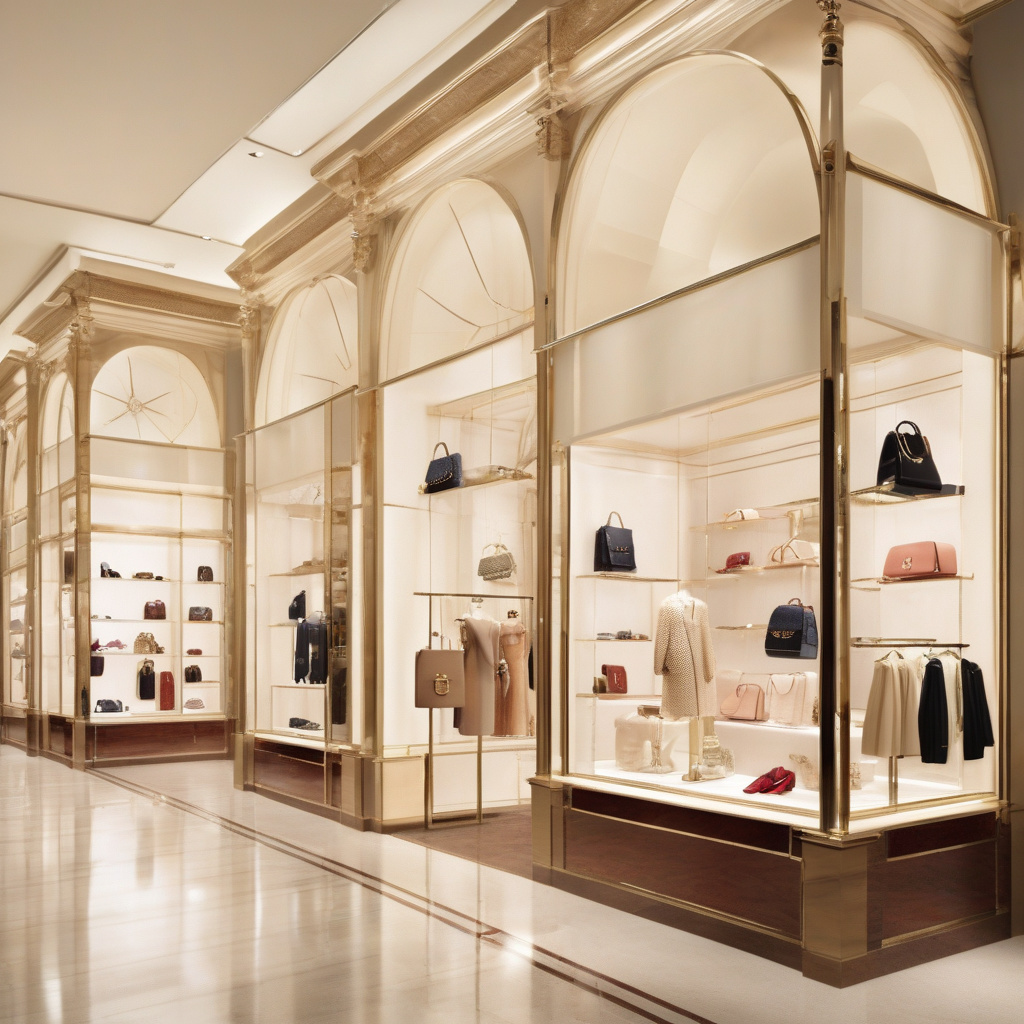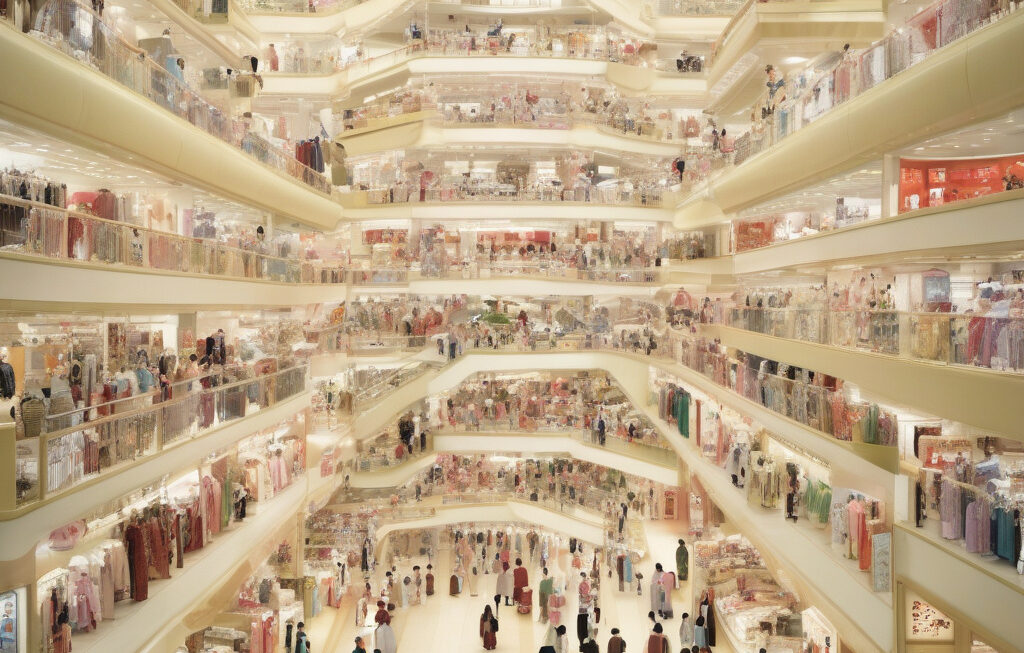Luxury Sector Faces More Gloom as Bain Cuts Sales Forecast
The luxury sector, known for its resilience in the face of economic downturns, is now experiencing a significant blow as consultancy Bain & Co slashes its sales forecast for the year. The renowned consultancy has predicted a global decline in luxury goods sales ranging from 2 to 5 percent, a stark contrast to its earlier, more optimistic projections. This downward revision serves as a sobering reality check for an industry that has traditionally been seen as recession-proof.
The impact of this revised forecast is expected to ripple across the entire luxury market, affecting high-end brands spanning fashion, jewelry, watches, automobiles, and more. With the ongoing uncertainties stemming from the global pandemic and its economic repercussions, consumer spending habits have shifted dramatically, leading to a decrease in demand for luxury items. The once-thriving sector is now forced to adapt to a new normal, one characterized by reduced sales volumes and heightened competition for market share.
One of the key factors contributing to this decline is the changing consumer behavior in response to the current climate. With uncertainties looming over job security and financial stability, consumers are becoming more cautious in their spending, opting for essential items over luxury indulgences. The shift towards online shopping, accelerated by the pandemic, has further disrupted the traditional brick-and-mortar retail model that many luxury brands rely on for sales.
Moreover, the significant drop in international tourism has dealt a severe blow to the luxury sector, particularly in regions heavily dependent on tourist spending. The absence of high-spending travelers has led to a sharp decline in sales for luxury retailers, especially those located in popular shopping destinations. As travel restrictions continue to impact the industry, luxury brands are being forced to reevaluate their marketing strategies and target audience to stay afloat in these challenging times.
In response to these shifting dynamics, luxury brands are now focusing on digital innovation and e-commerce to reach consumers in the comfort and safety of their homes. By enhancing their online presence, optimizing their e-commerce platforms, and investing in digital marketing, luxury companies are adapting to the new consumer landscape and finding innovative ways to showcase their products to a broader audience.
Despite the gloomy forecast, there is still room for optimism within the luxury sector. Historically, the industry has shown remarkable resilience in bouncing back from crises, adapting to changing consumer preferences, and reinventing itself to meet evolving market demands. By leveraging their brand heritage, craftsmanship, and exclusivity, luxury companies can weather the current storm and emerge stronger on the other side.
In conclusion, the luxury sector is facing unprecedented challenges as consultancy Bain & Co cuts its sales forecast, signaling a period of uncertainty and adjustment for high-end brands worldwide. By embracing digital transformation, reimagining their marketing strategies, and staying attuned to shifting consumer behaviors, luxury companies can navigate these turbulent times and pave the way for a brighter, more resilient future.
luxury, sector, sales forecast, Bain & Co, consumer behavior










